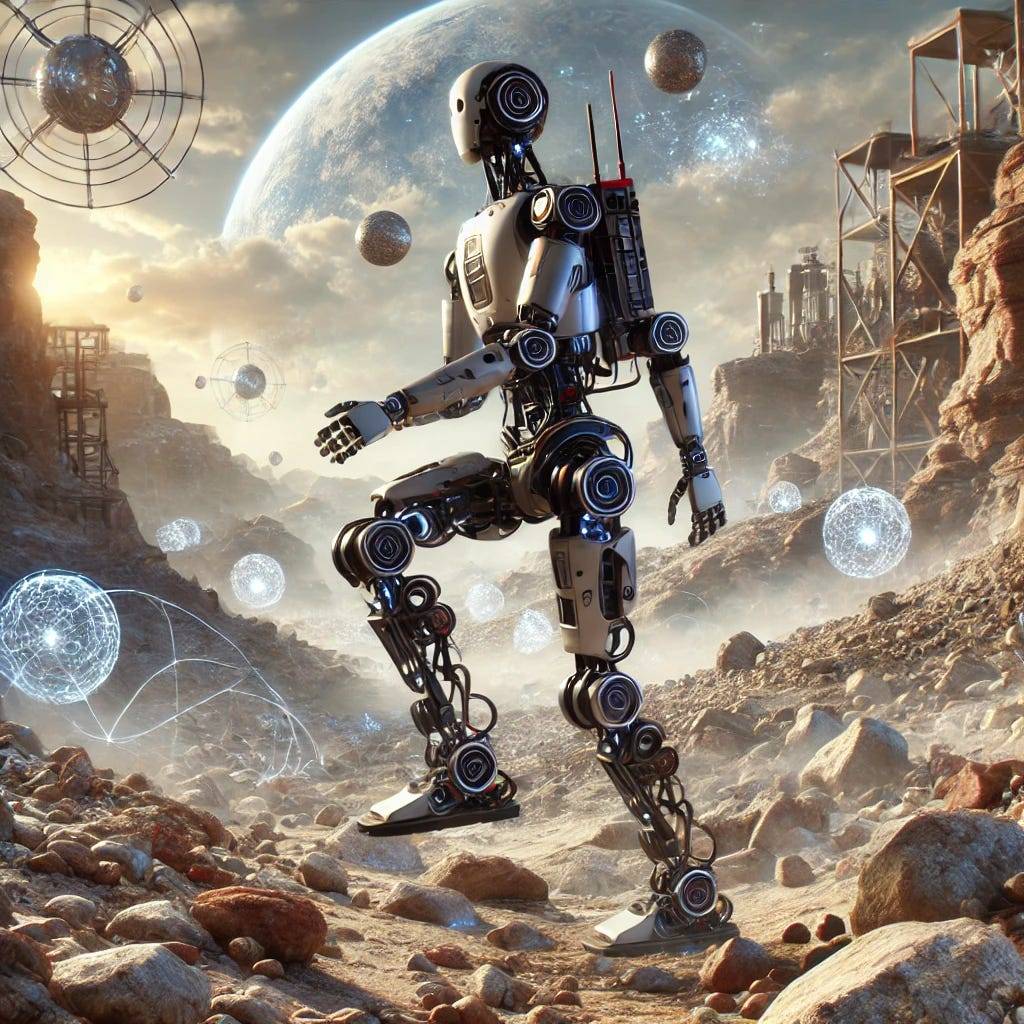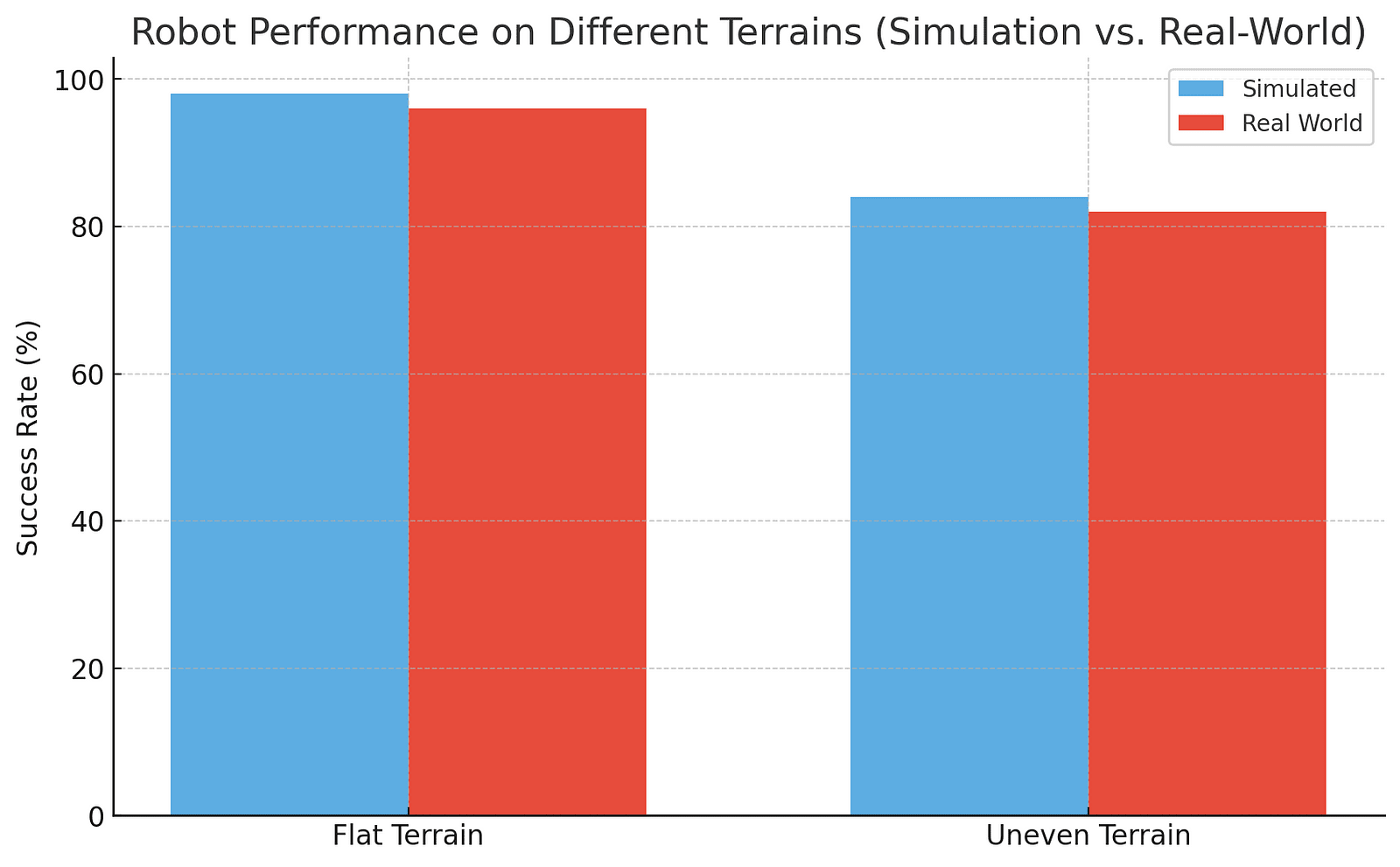
Imagine a world where humanoid robots — tall, complex, full of unyielding servos and intricate sensors — transition seamlessly from simulated practice fields to reality. This vision, a bridge between virtual and physical worlds, has now been realized by the groundbreaking Humanoid-Gym, a novel reinforcement learning (RL) framework. Built on Nvidia’s Isaac Gym and tested rigorously in MuJoCo, Humanoid-Gym allows humanoid robots to skip the arduous “trial by fire” of real-world training, stepping into life straight from their synthetic environments.
What sets this framework apart from its robotic predecessors? By employing zero-shot transfer, Humanoid-Gym removes the training gap that has long hindered humanoid robots from smoothly integrating into the real world. Instead of a slow, iterative process, robots can emerge fully prepared, as if stepping off the digital page fully formed. Yet, with this technology comes a cascade of ethical, technical, and practical considerations, from the expectations we set for these humanoids to the rigorous testing environments that make their abilities possible.
Why Sim-to-Real Mastery Matters
This leap from simulation to real-world locomotion is not just another notch in robotics but a full paradigm shift. Humanoid-Gym doesn’t simply fine-tune movement; it creates pathways for robots to encounter the unpredictable nuances of reality without ever “learning” them in advance. And what’s the trick? Layering massive simulations, this RL model learns to walk on complex terrains with precision by integrating sensory data, randomization of terrain variables, and the relentless application of the Proximal Policy Optimization algorithm.
The multi-sensory, high-frequency observation space might sound like jargon, but it essentially teaches robots a kind of street-smart adaptability — responding to reality’s wobbles and skids just as we might while traversing uneven ground. Humanoid-Gym’s approach is distinct because it not only achieves real-world-ready robots but does so without step-by-step real-world tests. This feat redefines robotics, placing human-level adaptability within reach.
Testing the Limits: Zero-Shot, High Stakes
To understand why Humanoid-Gym marks a pivotal change, consider the typical challenges in robotics: repetitive, high-cost testing, or costly hardware maintenance. In bypassing these, Humanoid-Gym tests robots in extreme environments within MuJoCo’s rigorously calibrated simulation, then transfers them directly to reality. A zero-shot transition like this — no real-world practice necessary — reframes the industry’s core assumptions.
Yet it’s the actual tests, run on two physical humanoid models, that reveal the full potential of this framework. Humanoid-Gym’s success in these tests reaffirms the viability of a scalable, real-world-ready model — one that responds dynamically, compensates for friction variances, and steps like a human across terrain that changes underfoot. With this, the doors to widespread humanoid robot deployment swing open, promising far-reaching impacts in industries from healthcare to home automation.
The graph below illustrates the success rates of humanoid robots trained in Humanoid-Gym on both flat and uneven terrains, comparing simulated performance with real-world results. It highlights how the robots, after zero-shot transfer, perform almost as effectively in reality as they do in the controlled simulations, validating Humanoid-Gym’s potential to bridge virtual training and physical execution with high fidelity.

Humanoid-Gym’s Path to Global Impact
If this technology sounds revolutionary, it’s because it is. Think of Humanoid-Gym’s framework as a universal translator between the worlds of code and concrete. This flexibility points to a future where humanoid robots can integrate into our environments with minimal disruption, performing complex, high-precision tasks without the painstaking calibration of individual settings.
Even the tiniest shift in a robot’s gait could mean success or failure in real-world tasks. Humanoid-Gym understands this, which is why the reward system meticulously directs robots toward human-level performance. Every calibrated nudge of a servo represents a step toward more accessible, versatile robotic applications. If nothing else, Humanoid-Gym makes clear that humanoid robotics has not only arrived but is stepping boldly into new terrain.
The Facts Unfold
Gait Precision: An Adaptable Framework Humanoid-Gym teaches robots to walk on shifting ground without sacrificing stability. Robots adjust gait with the precision of human reflexes, aligning movements across diverse terrains.
Scalability, From Screen to Street The framework operates across two physical robot models, each distinct in size. From a 1.2-meter to a 1.65-meter humanoid, it proves its adaptability — one codebase for different body forms.
Built on Layered Observation Sensors feed real-time, multi-angle data on joint velocity, ground contact, and balance. Robots can detect and react to slip and friction, becoming keen observers of their own movement.
Reinforced by Sim-to-Sim Testing Humanoid-Gym first validates performance in two virtual environments, MuJoCo and Isaac Gym, before real-world use. This step guarantees that robots trained in simulation are fully compatible with reality.
High-Frequency Control Precision Running at 100Hz, the robot’s control operates faster than most standard robotic setups, allowing it to maintain stability and respond immediately to rapid terrain shifts.
Humanoid Robotics and the Future of Integration
Humanoid-Gym gives us a glimpse into a world where robots adapt seamlessly, fluidly — even artfully — to our world. This framework hints at an evolution where humanoids not only cohabit human spaces but transform them with novel interactions, from assistance to companionship. If Humanoid-Gym’s initial strides are any indication, we’re at the dawn of robots becoming not just tools but intuitive extensions of our daily environments, shaping a smarter, more responsive future.
About Disruptive Concepts
Welcome to @Disruptive Concepts — your crystal ball into the future of technology. 🚀 Subscribe for new insight videos every Saturday!
See us on https://twitter.com/DisruptConcept
Read us on https://medium.com/@disruptiveconcepts
Enjoy us at https://disruptive-concepts.com
Whitepapers for you at: https://disruptiveconcepts.gumroad.com/l/emjml







